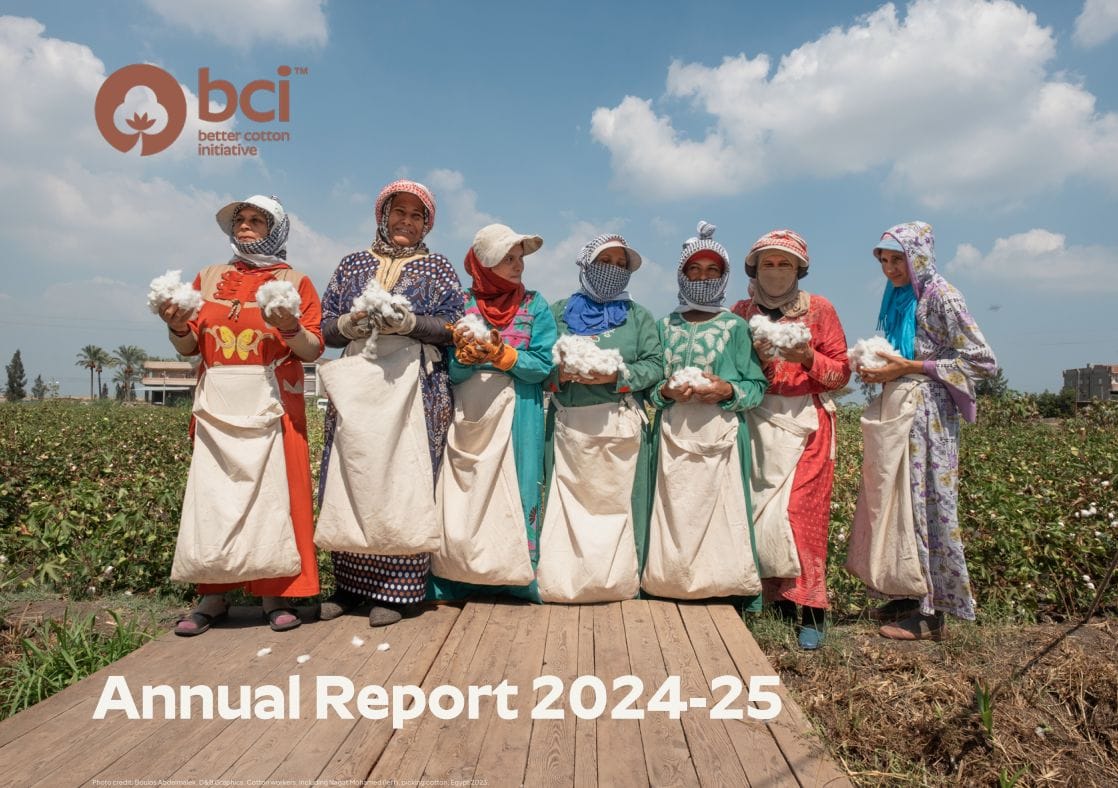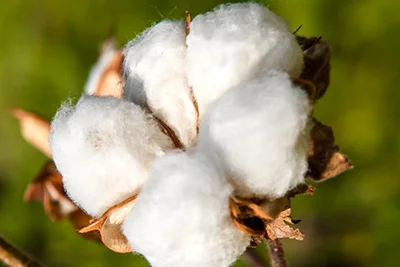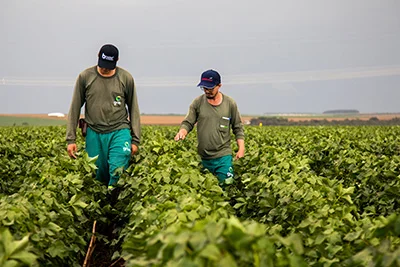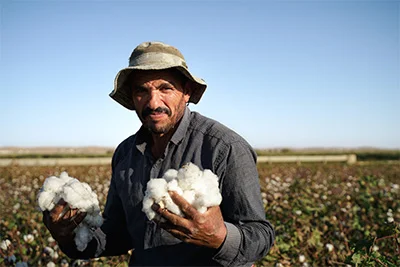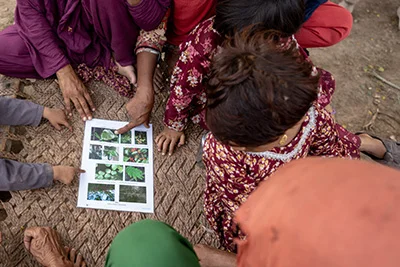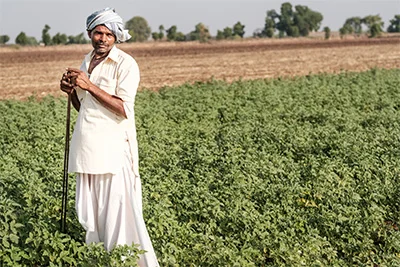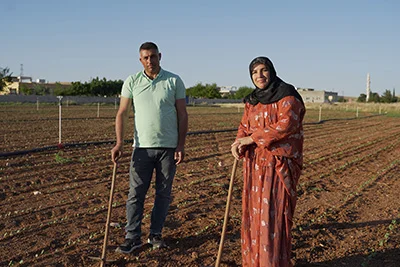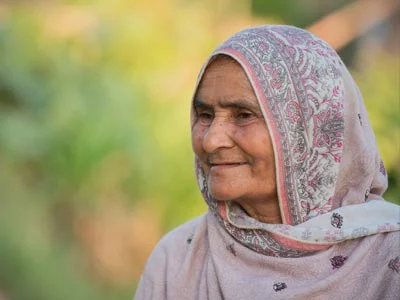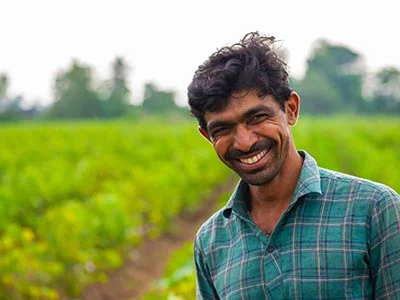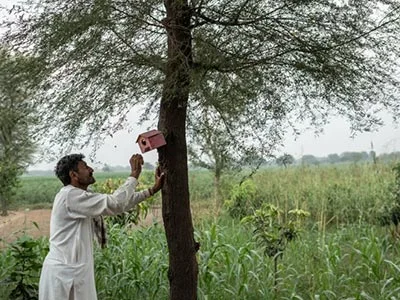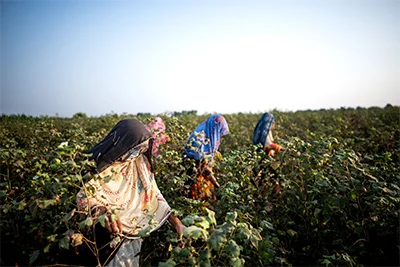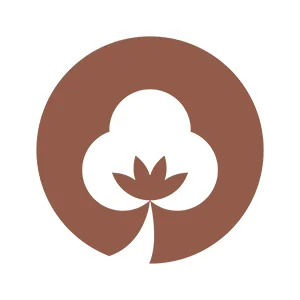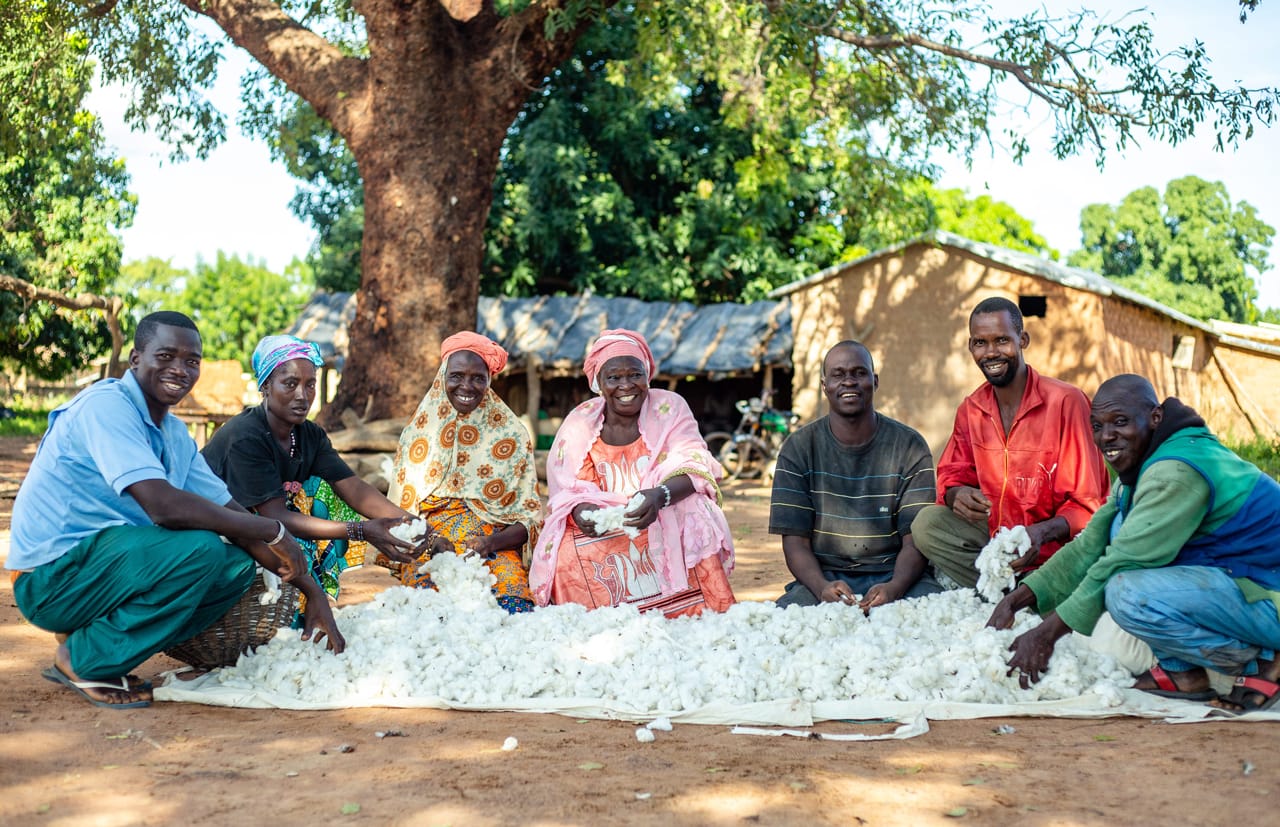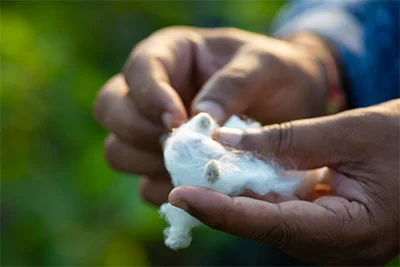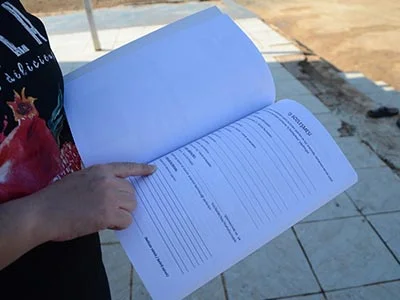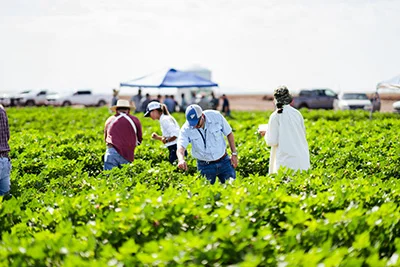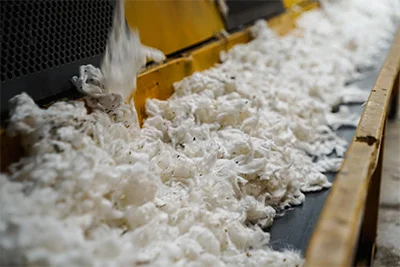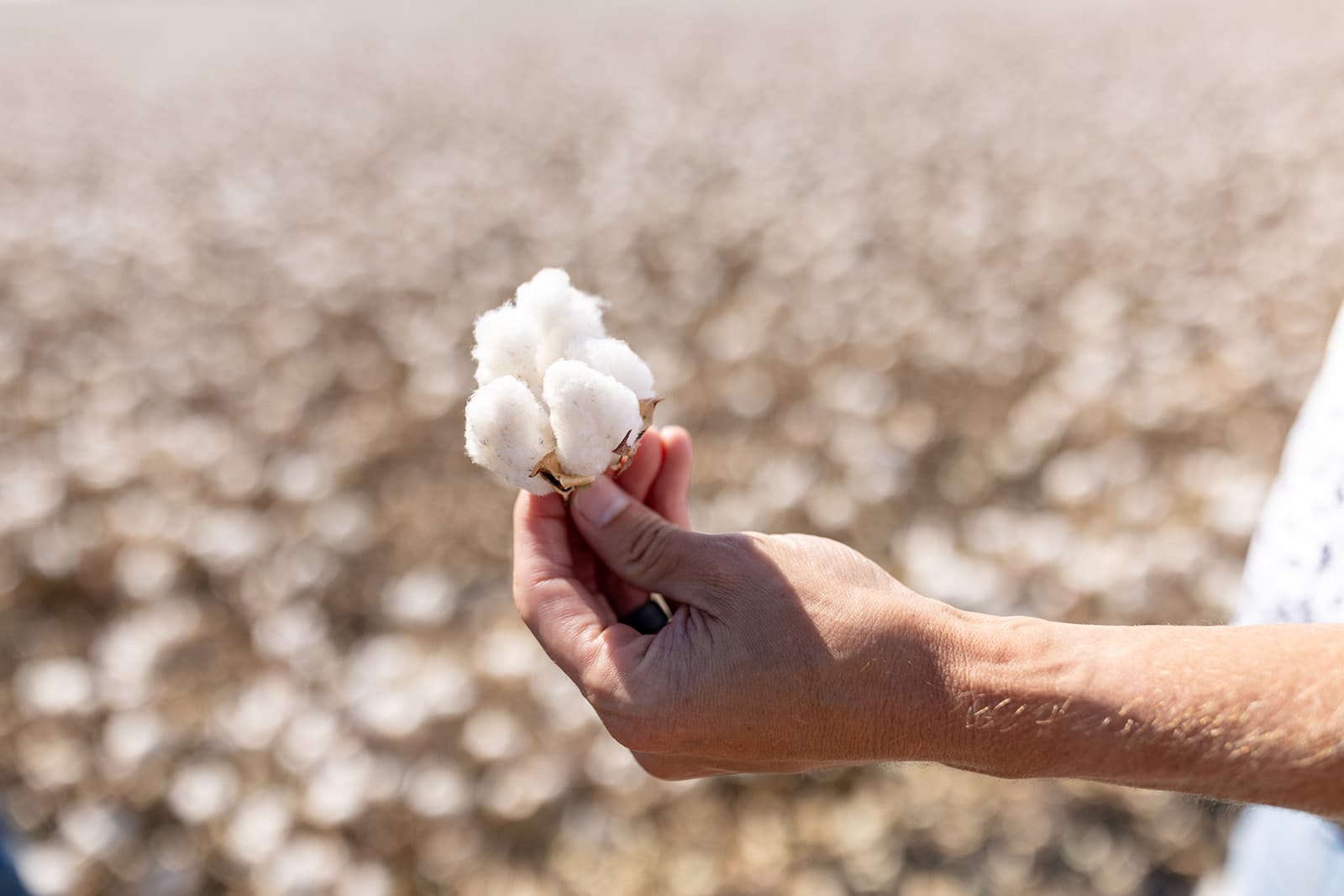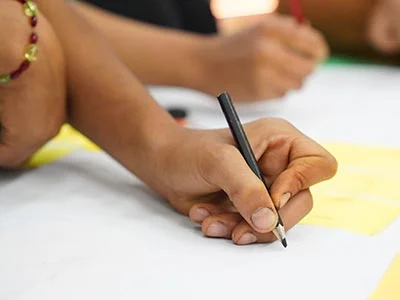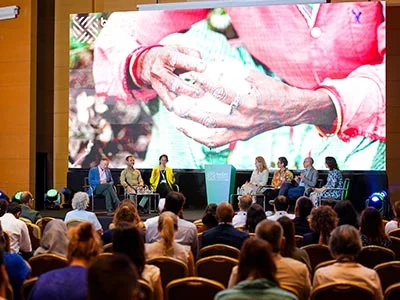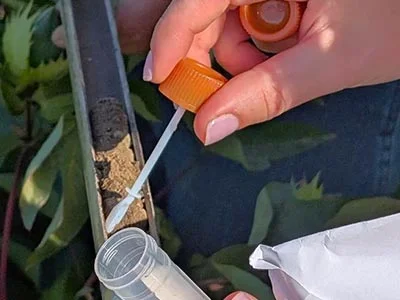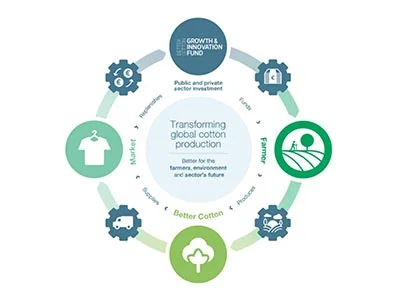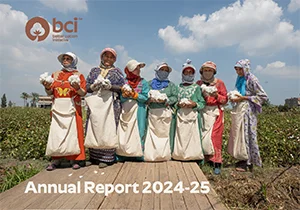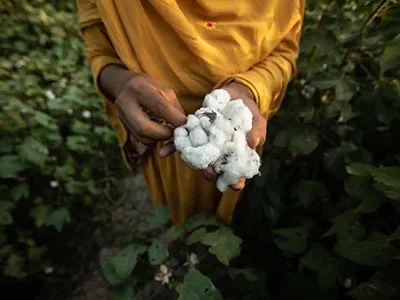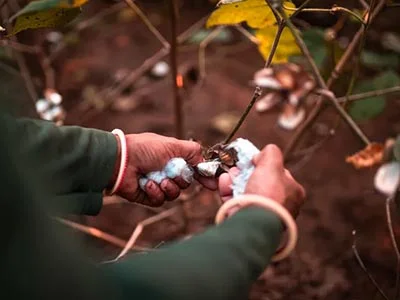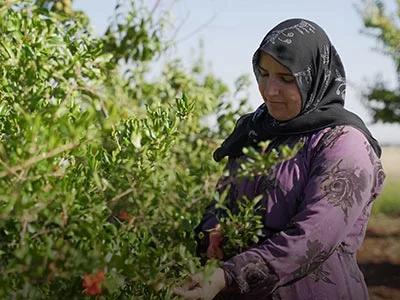Two years since the launch of its traceability solution, the Better Cotton Initiative (BCI) has announced that over 50% of BCI Cotton volumes entering global fashion and textile supply chains are now traceable, deriving from 15 countries.
Since BCI Traceability was implemented in November 2023, the number of retailer and brand members sourcing traceable BCI Cotton, officially known as Physical BCI Cotton, has grown at pace. More than 60 companies have signed up to source via BCI Traceability, while 17 have received products containing Physical BCI Cotton.


Jacky Broomhead, Director of Traceability at the Better Cotton Initiative, says that traceable cotton has become a clear necessity for the fashion and textile industries. She said: “The complexity of textile supply chains, combined with increased legislation, makes the offer of traceability non-negotiable. To continue delivering on our mission to support cotton farmers around the world and ensure BCI farmers can access key markets, we needed to make BCI Cotton traceable.”
In just two years, more than 23,000 metric tonnes (MT) of Physical BCI Cotton have been traced from cotton gins to BCI Retailer and Brand Members, a huge increase from the 90 MT achieved by November 2024. With the average 100% cotton t-shirt containing around 180g grams, it means that enough Physical BCI Cotton has reached retailers and brands to make more than 127 million t-shirts.
BCI has now rolled the solution out across all countries where it has field-level programmes and continues to help supplier and manufacturer members align with its Chain of Custody (CoC) Standard, which sets the requirements for handling Physical BCI Cotton and ensures the integrity of the system.
Achieving scale
In the past 12 months, BCI Traceability has been launched in Australia and Brazil, while the number of BCI Supplier and Manufacturer Members aligned with the CoC Standard has risen from 700 in 2024 to over 2,000.
Broomhead added: “Making traceability both accessible to the market and inclusive of all BCI farmers has been a key goal of ours. Achieving this has been a truly collaborative effort made possible through the invaluable contributions of our retailer and supplier community who helped develop the solution, and the many companies now sourcing Physical BCI Cotton.”
The continued success of BCI Traceability will also be vital cog in the rollout of the organisation’s new product label, which launched last month. The new label is available to BCI Retailer and Brand Members, enabling them to claim with confidence that their products contain Physical BCI Cotton, certified by a third-party body and traced from its country of origin.
Third-party certification of the supply chain, in addition to traceability, makes the label a source of reassurance for consumers, while enhancing the credibility of retailers and brands.
Notes to Editors
- Cotton takes 9-12 months on average to flow from gin to retailer. Since the launch of BCI Traceability in 2023, 17 BCI Retailer and Brand Members have received products containing Physical BCI Cotton.
- Approximately 25% of BCI Retailer and Brand Members have sourced or have signed up to source Physical BCI Cotton.
- Physical BCI Cotton enters the supply chain via three Chain of Custody models listed below.
- Segregation (single country) requires separation of Physical BCI Cotton and conventional cotton from the farm level onwards.
- Segregation (multi-country) requires the separation of Physical BCI Cotton and conventional cotton from the farm level onwards and does not allow mixing or substitution between Physical BCI Cotton and conventional cotton throughout the supply chain. The model is applied when the Physical BCI Cotton originates from multiple (more than one) countries.
- Controlled Blending is being introduced to assist supply chains in making the transition to sourcing and selling Physical BCI Cotton by anticipating that on a production site, demand may at times exceed supply. The model allows the mixing of Physical BCI Cotton and conventional cotton within a production batch, resulting in a percentage claim about the proportion of Physical BCI Cotton used within the batch.
- In addition to Physical CoC models, BCI retains mass balance as an option for members to source BCI Cotton.
- Mass balance chain of custody systems are used by many standards and certification bodies as an effective method for delivering support and investment to farmers and accelerating the adoption of more sustainable farming practices.
Contacts
For more information and media requests, please contact Better Cotton Initiative PR & Media Coordinator, Chris Remington ([email protected]).

